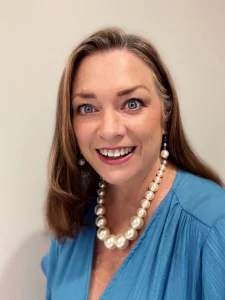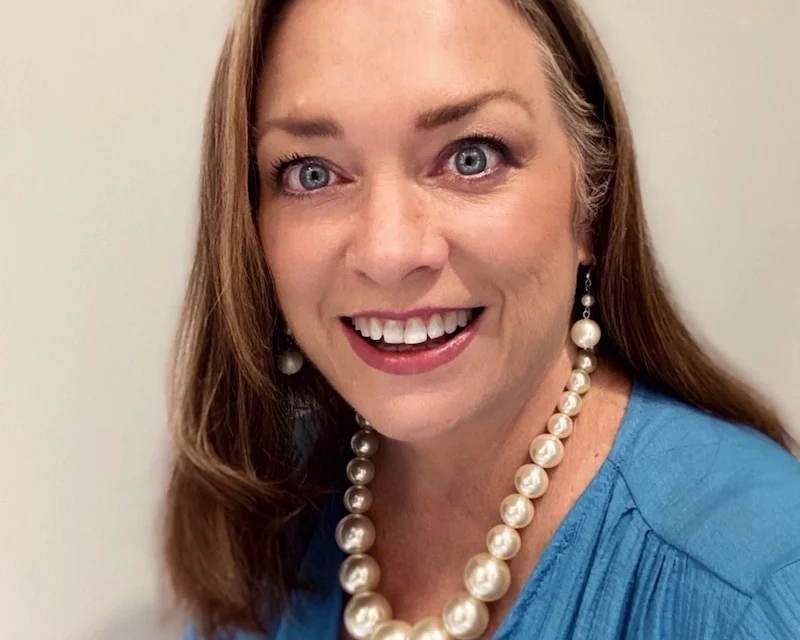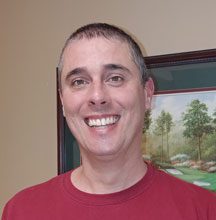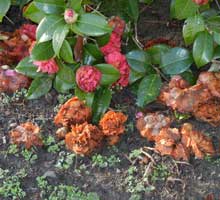
Cindy Bledsoe
By Cindy Bledsoe
I was in a hurry about many things when I was young, but looking like an older schoolteacher was not one of them. When your teenage boyfriend says you look like TV teacher Helen Crump, it can cause a young lady to get mighty perturbed. When it happens the second time many years later, an older, wiser lady slows down and pauses to enjoy the flattery of being compared to actor Aneta Corsaut.
“What’s your hurry?” is a central theme of one of my favorite childhood television programs. The Andy Griffith Show, set in the fictitious southern town of Mayberry, starred Andy Griffith, Ron Howard, Don Knotts, Jim Nabors, and Corsaut. Beyond the series’ overarching theme of gentle-paced small-town life, the show went so far as to dedicate an entire 1963 episode, “The Sermon for Today,” to the worthwhile message of slowing down and taking it easy.
Many of us find our journey to the Lowcountry includes a search for a similar, more peaceful, relaxed pace of life. What is it that attracts us and makes this place so peaceful? One such element is the beloved southern porch. Our people come from all walks and many diverse places to claim a perch on the porch of the Lowcountry. Porches are so signature to Lowcountry living that removing them might put Southern Living magazine out of business in a jiffy. It certainly would have taken a breath of fresh air out of Mayberry. The town of Walterboro, now recently famous for its hospitality during one of the most famous murder trials in the nation, is the self-proclaimed “front porch of the Lowcountry.” What is it about porches?
In addition to the beauty and breeze these outdoor rooms offer, porches unite people and nature in a divine design of interconnectedness. Each evening when my husband and I relax on our front porch under the fans overlooking the salt marsh, our neighbors stroll by and stop at the fence for a chat. Children careen by on their bikes. Families walking their dogs stop to catch up on the latest news of the day. We exchange laughs, mourn shared tragedies, and meet new neighbors. In fact, some of the neighbors who passed our porch met, formed relationships, and married. You can imagine why our neighborhood conducts the popular social activity of porch parties, which often have a waiting list. From our porch, we meet people whose paths we would not otherwise cross through our routines, social activities, work, and community groups.
Porches connect our public and private lives safely yet engagingly, inviting us to live inside-out in the public realm. The interconnectedness offered by porches makes for closer-knit communities that look out for one another. It also benefits our well-being. Research shows that neighborhoods with porches are safer because neighbors notice changes to the norm and tend to report them. This holistic approach to neighborhood design is a feature of the placemaking movement and new urbanism planning, which are people-centric approaches to designing towns and public places.
Understanding the value porches add to our residential areas means we can apply that wisdom to other community spaces. In neighborhoods and streets without porches, people tend to walk faster with their heads down, trying to hurry through. The idea of a functional porch design can take many forms. The Brattle Book Shop on West Street in Boston is famous for its outdoor library, which functions like its porch, in a vacant alley space next to its brick-and-mortar store. It is a delightful experience to browse books in the open air. When people visibly gather in public spaces like this, it attracts others to do the same and makes a place feel safe. During the COVID pandemic, we witnessed more restaurants offer outdoor sidewalk dining experiences. This practice offers a friendly porch-style gathering space and makes the street feel safer, more walkable, and more friendly, attracting more people. This type of placemaking results in people slowing down, strolling leisurely, and more mindfully experiencing the street. They will likely stay longer, visit more merchants, and report a happier experience. The well-being of the mom-and-pop establishments we cherish depends upon this type of foot traffic to survive and thrive. When we study thriving places that offer these elements, people are observed expressing affection more openly by holding hands and sitting closer on benches than in struggling downtowns and public spaces. Can this porch approach really impact our human well-being as well?
The holistic nature of porches, a signature of Lowcountry living, means we relax more in the elements of nature. Porches give us meditation spaces to reflect on what matters most to us. Nature becomes the stage demanding our attention rather than the television, phone, or computer. Porch life invites us to commune with nature, recognize our symbiotic connection, and co-create our best selves. Peacefulness, calmness, and relaxation become more easily attainable on porches, directly impacting our happiness and well-being. On porches, we permit ourselves just to be here now. When we do this in community with our neighbors, we embrace the interconnectedness nature exhibits to thrive more fully in health and wholeness.
The next time you pass your neighbor’s porch, do not hesitate to slow down for a moment, even if for a brief hello. You may be surprised by what you discover, laugh about, reconnect over, feel gratitude for, or perhaps overhear. If so, do tell! Porches can be the bridges we desperately need to connect, especially in challenging times. Whether relaxing on the porch, walking, or riding by, I promise you will never be the same for having experienced the power of the pause.
It took me decades to embrace becoming Helen Crump, but now I find myself blissfully engaging in Lowcountry porch life and, yes, to my great surprise, occasionally being an actor and teacher. If you pass our porch, I promise we will wave and probably invite you to sit awhile. Slow down. What’s your hurry?
Cindy Bledsoe is a futurist, educator, actor, and integrative wellness master teacher who studies harmony for human potential. She works across multiple sectors to connect the genius in people for social impact. Her community involvement includes curriculum development for OLLI, The Osher Lifelong Learning Institute at USCB. Learn more about Cindy and how to co-create with her at cynthiabledsoe.com







